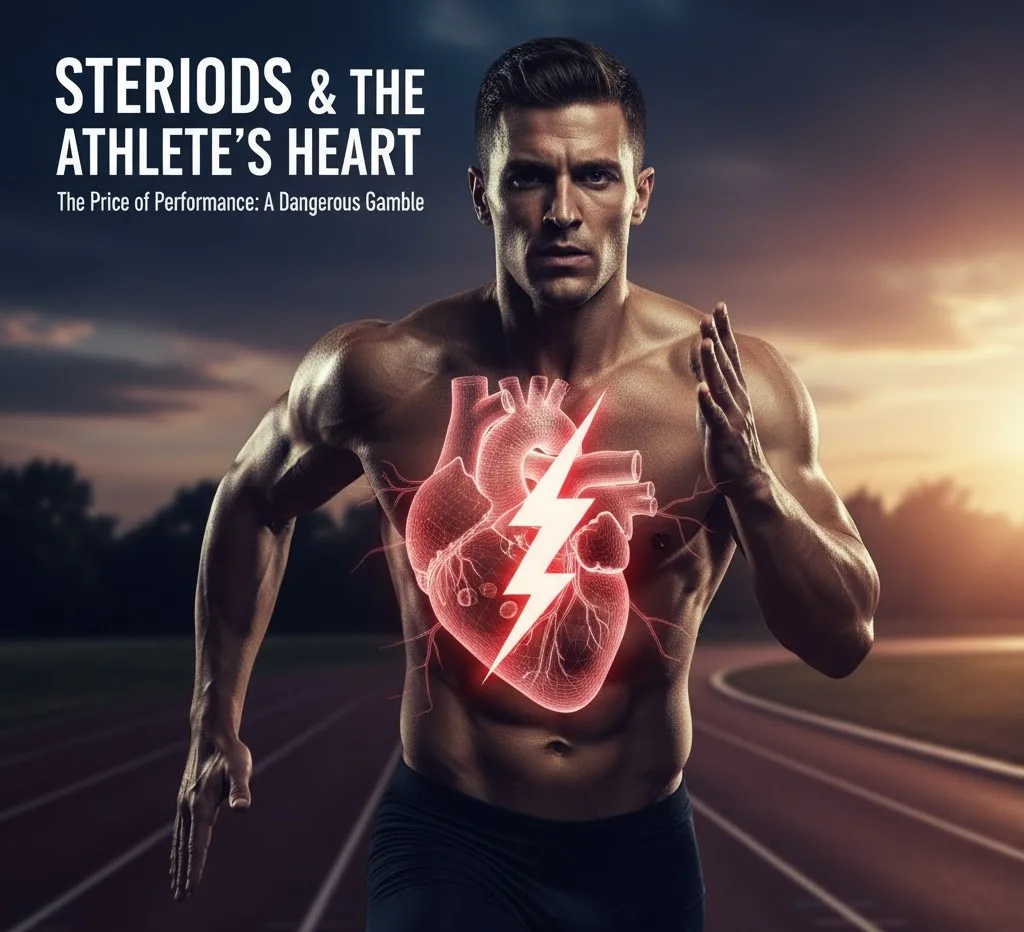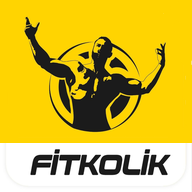The pursuit of peak performance often leads athletes to focus intensely on training and diet. However, underlying health markers, particularly lipid profiles (cholesterol), are critical and often overlooked, especially when anabolic steroids are involved. The information below, underscores the severe and lasting risks steroids pose to cardiovascular health and outlines the proper medical approach to dyslipidemia (abnormal cholesterol).
The Goal: Optimal Cardiovascular Health
The foundational strategy for managing high cholesterol is clear: the most effective way to address elevated lipids is through a concerted effort to achieve a professional reduction in low-density lipoprotein (LDL) cholesterol—often called "bad" cholesterol. Beyond lipids, critical liver and blood markers like Gamma-Glutamyl Transferase (GGT) and bilirubin must also be monitored and reduced as part of a comprehensive health management plan.
The Steroid Paradox: Performance vs. Cardiac Risk
For many athletes, anabolic steroid use is a shortcut to muscle gain and performance enhancement. However, the translated text delivers a sharp warning about the immediate and long-term cardiovascular toxicity associated with these substances:
-
Atherosclerosis and Exercise: A critical point is that steroids aggressively alter the lipid balance. They precipitate a dangerous state by both lowering high-density lipoprotein (HDL) cholesterol (the "good" cholesterol) and raising LDL cholesterol. This imbalance dramatically accelerates the process of atherosclerosis (hardening and narrowing of the arteries). Crucially, this heightened risk can intensify and even trigger myocardial infarction (heart attack) during periods of intense exercise.
-
Lasting Damage: The effects are not temporary. A most significant warning is that the negative changes to the lipid profile can persist for an extended period—potentially three to five months—even after the steroid cycle has been completely stopped. This prolonged period of elevated risk demands careful monitoring and medical intervention well past the cessation of use.
Medical Strategy for Dyslipidemia in Athletes
For athletes whose lipid health is compromised—whether due to steroid use, genetics, or lifestyle—a structured medical approach is necessary to prevent severe cardiac events.
The main strategy for treating dyslipidemia (abnormal lipid levels) typically targets three main areas using established classes of pharmacological drugs:
-
Statins: The most common first-line agents, primarily aimed at lowering LDL-C.
-
Fibrates: These are often used to target triglycerides and can help manage other problematic lipid fractions.
-
Niacin (Vitamin B3): Used therapeutically to improve cholesterol profile, specifically by helping to raise HDL-C and lower triglycerides.
The goal of treatment is to lower LDL-C and manage Total Remnant Lipoproteins (TRL) while optimizing HDL-C levels. These drugs—including statins, fibrates, and niacin—are considered effective and essential tools in restoring a healthy balance when lifestyle changes alone are insufficient.
For athletes, this underscores the necessity of complete transparency with healthcare providers about all substances used, as managing a steroid-induced lipid disorder requires precise and often multi-drug therapy.
| Target | Description | Drug Class |
| LDL-C (Bad Cholesterol) | Primary target for reduction. | Statins, Resins |
| HDL-C (Good Cholesterol) | Target for elevation/support. | Niacin |
| TRL (Triglyceride-Rich Lipoproteins) | Secondary target for reduction. | Fibrates |

